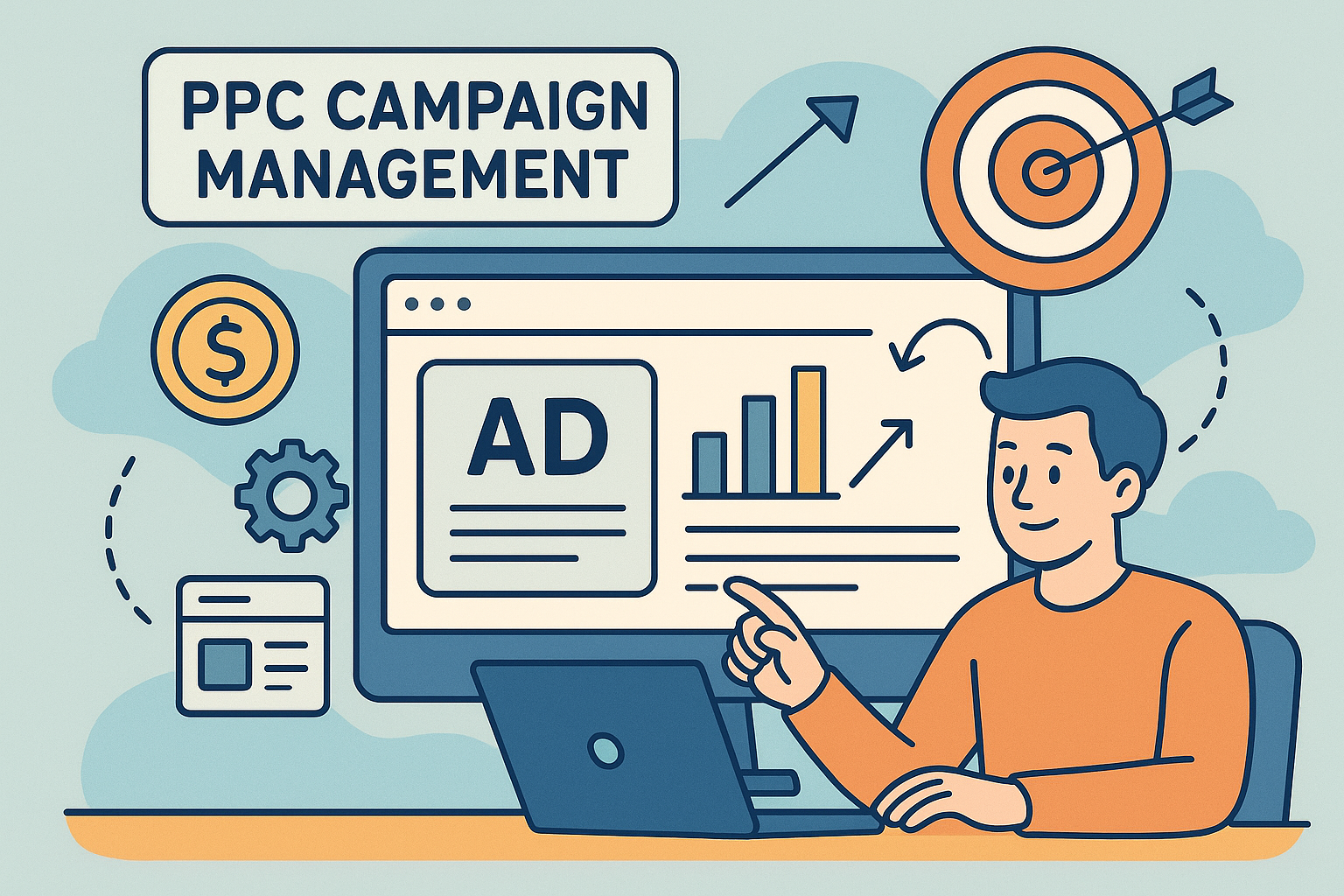Address
304 North Cardinal St.
Dorchester Center, MA 02124
Work Hours
Monday to Friday: 7AM - 7PM
Weekend: 10AM - 5PM

Running a profitable Amazon business today is a high-stakes game, and nowhere is that more apparent than in Amazon PPC. We’re constantly balancing visibility and sales volume against the grim reality of rising CPCs. The core battle is against ACoS (Advertising Cost of Sale)—the critical metric defined as Ad Spend÷Attributed Sales. Our mission is clear: drive ACoS down to its most efficient point without throttling revenue.
In 2025, a year marked by unprecedented competition and algorithm sophistication, relying on simple bid adjustments is no longer enough. Sellers must adopt a surgical, data-driven approach. The following are proven, expert-level strategies for reducing ad waste and maximizing ROI.
Before launching any optimization, you must define the goal. Your advertising cannot exist in a vacuum; it must align perfectly with your product’s financial reality.
Your acceptable ACoS is dictated by your Net Margin. If a product has a 35% margin after COGS, FBA fees, and referral fees, a 30% ACoS leaves only a 5% profit margin on that attributed sale. Therefore, we advise sellers to aim for a “Break-Even ACoS” minus a desired profit percentage.
Expert Insight: For established, high-velocity SKUs, our team aims for a Target ACoS of 18–22%. If a brand-new product is in a “rank-building phase”, we may temporarily allow ACoS to spike up to 50% to gain critical BSR and organic ranking, understanding that the subsequent organic sales will pull the aggregate ACoS down dramatically.
ACoS is the outcome, but Click-Through Rate (CTR) and Conversion Rate (CVR) are the leading indicators.
Wasting spend on non-converting clicks is the single biggest drain on efficiency. We must treat bids and keywords like a dynamic, living portfolio.
We run a weekly audit focused on the last 7 days of data to catch trends before they cost a fortune. This involves two critical actions:
Our best-performing accounts employ a sophisticated “Keyword Sculpting” strategy:
Actionable Example: An Auto Campaign surfaces the search term “stainless steel garlic press with peeler.” You immediately add this term as an Exact Match keyword in your Profit Center campaign and, critically, add it as a Negative Exact in your original Auto campaign. This prevents internal cannibalization and forces the spend into the high-efficiency Exact campaign.
The most cost-effective action you can take to lower ACoS is telling Amazon what not to bid on.
Go to your Search Term Report and filter for all search terms that have:
Add every term that meets this threshold as a Negative Phrase or Negative Exact keyword immediately. These are guaranteed ad spend leaks.
Real-World Case: We managed a campaign for a unique pet grooming glove. The search term report consistently showed high spend on “human hair removal glove” and “rubber dishwashing glove.” By adding these two as Negative Phrase keywords, we cut $300 in wasted weekly spend and immediately saw a 8percentage point drop in ACoS.
Advertising a product that’s about to stock out is pure waste. Your PPC strategy must be intrinsically linked to your operations.
Set internal thresholds for inventory:
The most sophisticated sellers cluster their ads by SKU Role, not just product type.
Remember: The job of the ad is to get the click; the job of the listing is to get the sale. You cannot lower ACoS substantially with poor conversion.
While manual optimization remains the gold standard, strategic adoption of new tools and formats is key to capturing incremental sales.
This is arguably the most powerful tweak: regularly reallocate budget from non-converting ads to converting ads. Don’t wait; every 14 days, pause any individual Sponsored Product ad group or keyword that has exceeded the 20-click, zero-order threshold, and immediately transfer its remaining daily budget to your best-performing campaigns. This stops the “bleeding” and maximizes the impact of profitable campaigns.
Video ads (e.g., Sponsored Brands Video) are a massive opportunity. Because they are still a newer format, the CPCs are often lower, and the engagement rate is significantly higher.
Trend Alert: We are increasingly using Sponsored Display for retargeting, specifically targeting shoppers who have viewed our product detail page but have not purchased. This is a highly qualified audience with a high conversion probability, driving some of our lowest overall ACoS numbers.
Lowering ACoS is not about a single trick or a one-time bid adjustment. It is a comprehensive, cyclical system that demands weekly attention to detail.
Your Immediate Action Plan:
By implementing these sophisticated, data-driven controls, you transition from simply running ads to operating a highly efficient, profitable Amazon PPC machine.
Need expert help? Talk to our Amazon operations team today to build a smarter FBA strategy.
© 2025 Shenzhen 1981 Technology Co., Ltd. All rights reserved.